It is a very old sewing machine and not a whole one, at that. Years ago, my mother removed the head and made a place for my typewriter to rest. Many years later, the typewriter was replaced by my laptop computer and now, it’s a display table for my grandchildren’s pictures. Mom bought it for my grandmother, Edna Latty, and its original purpose was to stitch clothes for her family. Next, the sewing machine progressed down the line to my mother and then to me.
The top is held up by sturdy black ironwork. The large wheel still turns and the treadle moves as swiftly as it did almost a hundred years ago when it was new. Four side drawers and one in the middle are embellished with fancy swirls and curves. The knobs are wood covered with a thin layer of brass. How wonderful if those drawers held a secret hideway stuffed with gold or even a long-ago journal. Alas, that is not the case. The drawers hold only memories of bobbins or pins or buttons or bits of cloth, saved to go in dresses and shirts.
The wood is strong and beautiful–good oak wood that has a dark honey sheen under lamplight. It has lasted for nearly a century. Sure, there are some scars and stains but to me they only enhance its worth. You see, they mark the fact that it has been used many times by people who are dear to me. It was a useful machine.
The sewing machine has adapted to its new purpose beautifully. It has seen life change from the days of horse and wagon to cars to airplanes and now space travel. It has progressed from creating clothing to supporting a device that created stories to holding pictures of its first owner’s great-great grandchildren. I think perhaps I could learn a lesson from this old and lovely machine about adapting gracefully to change and still retaining integrity and worth. As long as Grave Heritage exists, so will this machine because, you see, it is part of a mystery and lives in the home of Darcy Campbell and her mother, Flora Tucker as well as my home too.
Grave Heritage,
a mystery by Blanche Day Manos
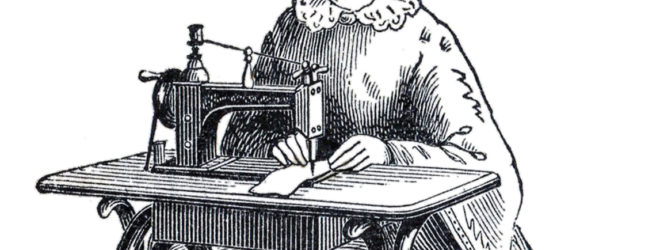
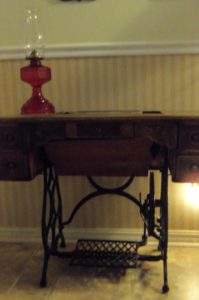

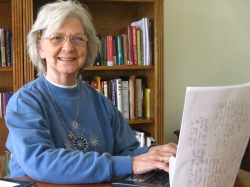
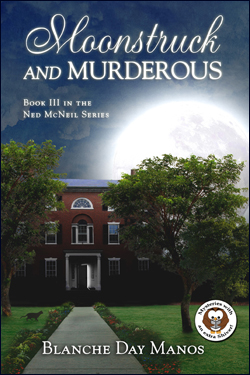
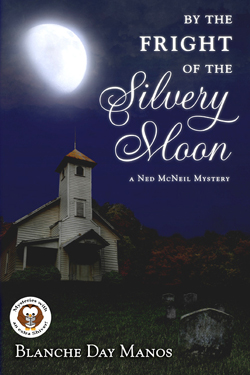
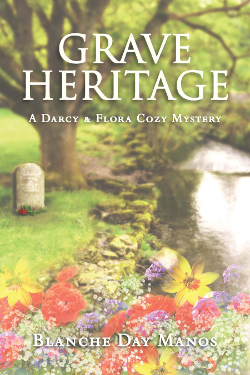
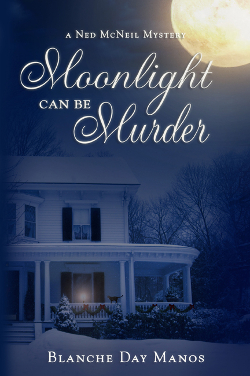
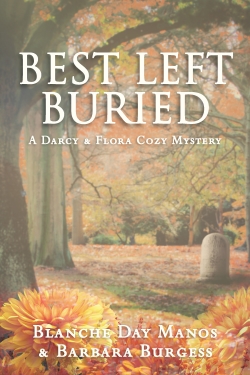
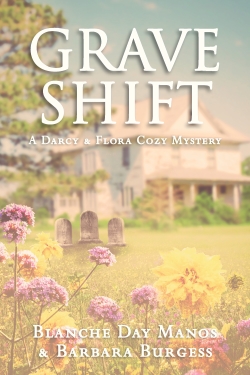
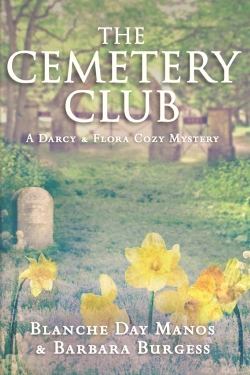
Speak Your Mind